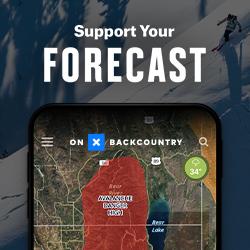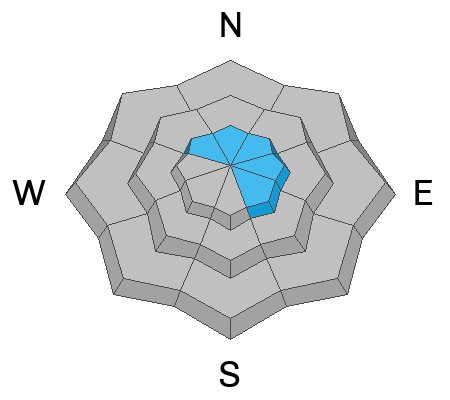Forecast for the Logan Area Mountains

Issued by Paige Pagnucco on
Wednesday morning, February 12, 2025
Wednesday morning, February 12, 2025
The avalanche danger is MODERATE today. Human-triggered avalanches are possible on previously drifted slopes where a persistent weak layer is buried 1 to 3 feet deep. You'll find excellent, cold, light powder riding conditions in meadows and on slopes less than 30 degrees.
- Evaluate the snow and terrain carefully. You will need to take out your shovel and dig to find and assess the buried persistent weak layer.
- Continue to avoid being on or under steep drifted slopes and ridge-top cornices.
- Prepare and watch for cold injuries today.

Low
Moderate
Considerable
High
Extreme
Learn how to read the forecast here






